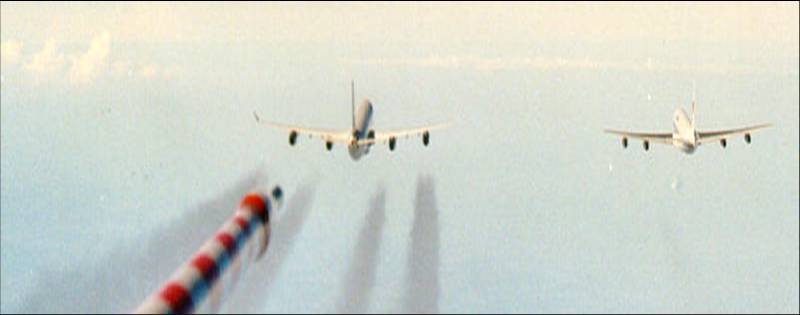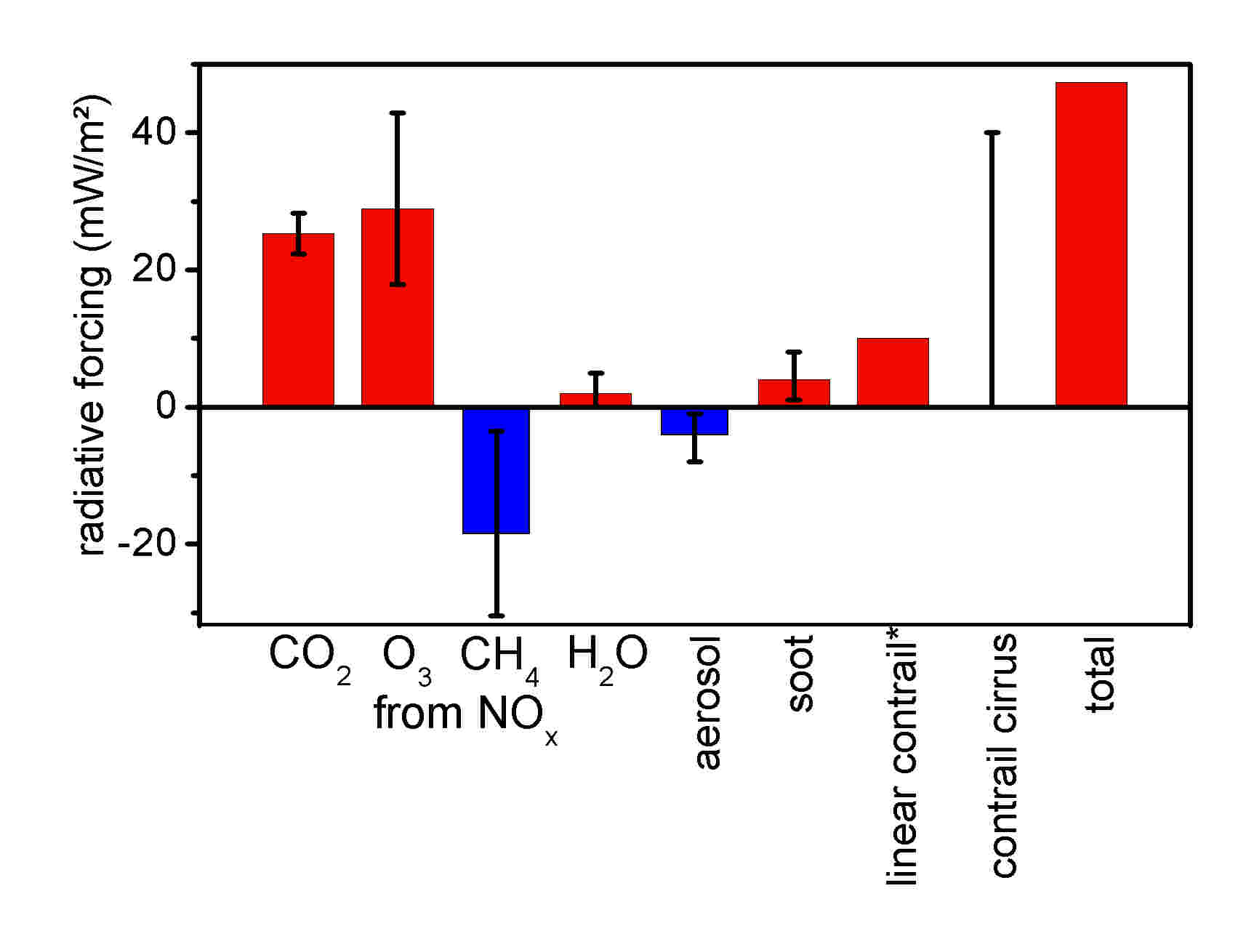CONCERTContrail and Cirrus ExperimentHomepage for the CONCERT Falcon campaigns in 2008 and 2011 |
Objectives CONCERT Chemistry:
The budget of the greenhouse gas ozone is modified by chemistry on cirrus clouds and cold aerosol in the tropopause region (8-12 km altitude in mid-latitudes). Processing of halogen and nitrogen species on ice and aerosol particles can modify their abundance in the gas phase possibly leading to reductions in the ozone concentrations. However, the impact of such particle processing on ozone concentrations is poorly quantified, as little is known on the abundance of halogen reservoir species in the tropopause region. Further, uptake of nitric acid in cirrus clouds has rarely been considered in global modeling. Therefore the aim of the CONCERT CHEMISTRY campaign is to detect the partitioning of halogen and nitrogen species in the tropopause region under cloud free and cloudy conditions. The aircraft observations will be used as input for global model simulations of ozone changes by processing of halogen and nitrogen species on cirrus clouds.
The composition of the tropopause region is modified by aircraft emissions such as carbon dioxide, nitrogen oxides and contrails. Large uncertainties remain in the assessment of the climate impact from aviation resulting from non-CO2 effects, e.g. in the fields of ozone changes related to aircraft NOx emissions and in contrail cirrus properties and cover. Hence a second aim of the CONCERT CHEMISTRY campaign is to detect microphysical, radiative and chemical properties of contrails with ages up to few hours to better understand and estimate the present and future climate impact from aviation.
Within the CONCERT CHEMISTRY aircraft campaign, we want to address the following questions:
 Detection of contrails with the Falcon |
Objectives - CONCERT 2 Contrails - Objectives:
Large growth rates in air traffic lead to an increased public and industrial concern on the impact of aviation on climate. Still - a detailed evaluation of measures to reduce or mitigate the climate impact from aviation is hampered by large uncertainties in the assessment of the radiative forcing from contrail cirrus (IPCC 2007, Sausen et al., 2005). It is therefore the aim of the CONCERT campaign to reduce the uncertainties in the assessment of the climate impact from aviation concentrating on non-CO2 effects such as contrail cirrus.

In particular it is not known, whether the climate impact of contrails depends on the type of the aircraft or on fuel consumption. This information is required to estimate future impact of aviation on climate.
Within the CONCERT- 2 CONTRAILS aircraft campaign, we want to address the following questions:
How do contrail properties (particle size distribution, ice water content, non-volatile particles, optical thickness and contrail dimensions) depend on the type of the aircraft (aircraft weight, size, engine parameters) and emissions (fuel consumption, soot)?
What are the microphysical, chemical and radiative properties of persistent contrails with ages between 1 and 60 minutes?
 DLR Falcon |
 Contrails and contrail cirrus |







|
CONCERT 2008 Home ... News ... Internal Login ... ECWMF forecast (internal)